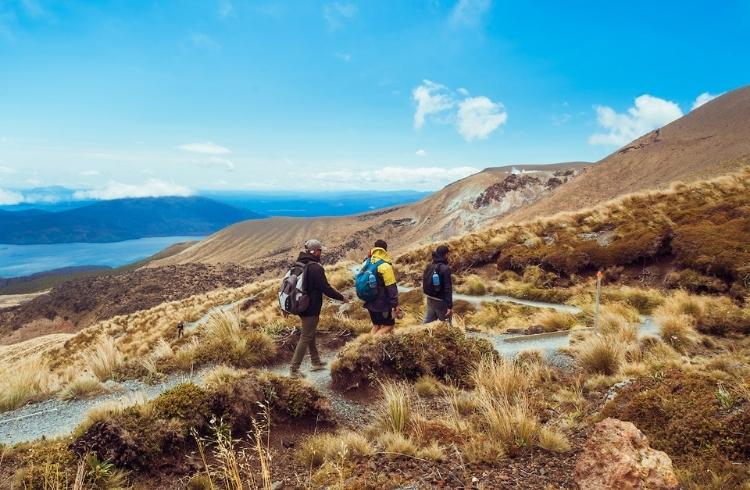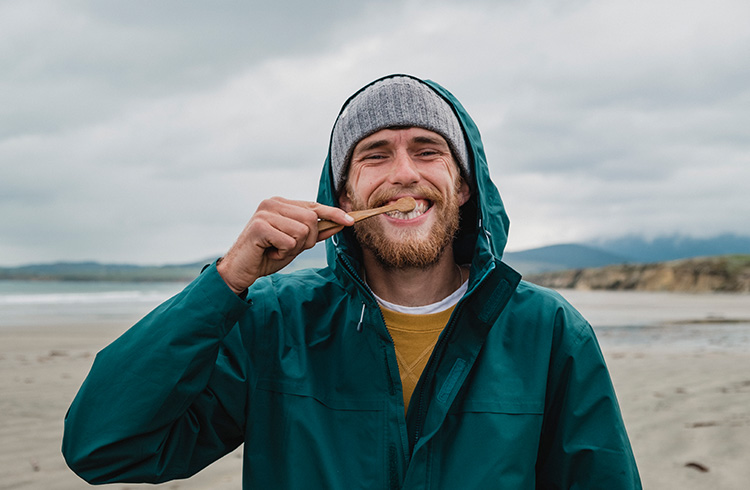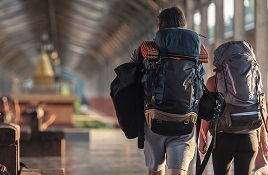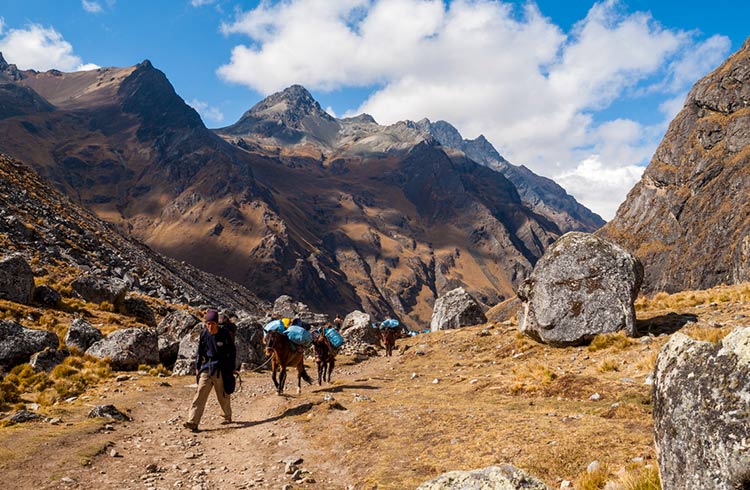How to Train and Prepare for Any Type of Hiking Trip
Whether you’re setting off on a day hike near home or a multi-day adventure, you need to be prepared, you need to know what to pack, and you need to be fit enough to undertake it.
 Photo © Getty Images/iStockphoto
Photo © Getty Images/iStockphoto
Do you have your sights set on a hike – a lengthy one-dayer or a multi-day hike requiring camping equipment and other supplies? No matter what you’re planning for your epic backpacking journey, you’ll want to train beforehand to really get the most out of your experience. Even if you think you’re already in good shape, backpacking is a grueling endurance game that can knock anyone off their feet. So, to get ready for the big day, here are a few tips that you can follow to prepare both physically and mentally.
Why train?
Training isn’t always a pleasant experience, but it’s a necessary evil if you want to have a better backpacking trip. Trying to tackle a multiday hike without preparing your body for it is a recipe for disaster. Muscle fatigue will slow down your pace, making it hard to reach your campsite at a reasonable time. On top of that, pushing your body too hard is likely to cause injury, which may require you to cut your trip short depending on the severity.
If you take the time to train, you’ll have more energy at the end of the day as well. This will allow you to enjoy more of your time at the campsite, instead of crashing right after dinner. You may even feel motivated enough to explore some side trails that bring you to scenic vistas that would have been missed otherwise.
Where to start
First things first, you’ll want to learn about where you’re hiking. If you’re gearing up for a trek in the mountains, your training regimen is going to look a lot different than what you’d do for a hike through a desert. Find out where you’ll be backpacking (i.e. elevation changes, total miles, weather conditions), so you know what conditions to expect.
Once you know where you’ll be hiking, try to find a training location that mimics the environment you’ll be in. Since most backpacking trails come with ups and downs, it makes sense to train in an area that has elevation changes. If you already live in the mountains, you’ve got everything you need in your backyard. Otherwise, find a hill nearby, or use a flight of stairs to get used to walking vertically as well as horizontally.

Create a routine
Training is only useful if you stick with it and stay consistent. Working out for a couple of days and then taking a week off isn’t going to give you the results that you’re looking for. While you don’t have to exercise every day, make sure you’re sticking to a strict schedule, ideally getting your heart pumping at least three or four days a week.
Spend more time on your feet, too. If you have a sit-stand desk at work, stand as often as you can, or go on long walks after you clock off in the evening. Muscle strength aside, spending more time standing and walking around will give you calluses that help prevent blisters from forming.
Finally, make it a habit to wear your full backpack while you walk or do simple exercises. If you’ve never had to support a 30-pound backpack for hours on end, your shoulders will be crying if you don’t properly break them in first. So, wearing your full backpack every time you train is one of the best habits you can create as you prepare for your trip.
Essential gear
Speaking of your full backpack, you’ll need to figure out what’s necessary to take with you, and what should stay at home
Many new trekkers have a bad habit of overpacking. It’s understandable, considering there might not br an opportunity to replenish supplies on the trail. But even so, all the extra weight is more of a hassle than it’s worth, and it’s easy enough to survive in the wilderness for a few days with minimal resources.
To make sure you’ve got all the essentials, here’s a checklist:
- Tent
- Sleeping bag
- Sleeping pad
- Pillow (optional)
- Stove with fuel
- Food
- Cooking utensils
- Water purification device
- Hydration pack
- Rain jacket
- Hat
- Gloves
- Spare socks and undergarments
- A change of clothes to sleep in
- Boots
- Sunglasses
- Headlamp
- Knife
- Dry bag
- Trash compactor
- First aid kit (band-aids, gauze, moleskin, disinfectant)
- Toothbrush and toothpaste
- Sunscreen
- Prescription medications
- Topo map
- Compass
Training exercises
Since your legs will be taking you everywhere, it’s best to perform exercises that strengthen them the most. Squats are ideal because they simulate some of the vertical motion that you’ll experience while hiking up a hill or mountain. It’s really a full-leg workout, targeting your quadriceps, hamstrings, glutes, calves, and adductors. The best part is that you can do them anywhere, whether you’re the type of person who likes to put a barbell over your shoulders in the process, or if you’d rather do them at home with or without added weight.
Lunges are ideal for strengthening your quads, which will give you the explosive power necessary for those relentless uphill segments. For extra credit, consider doing jump lunges to increase your stamina, while improving the health of your heart and lungs.
Your calves and ankles are what help you stay stable on uneven terrain. To keep yourself from spraining or twisting any joints, don’t neglect these areas of your body as you train. Calf raises are an excellent exercise that you can use to work out the muscles in your lower legs. For a similar workout that targets a different set of muscles, consider doing heel dips on the edge of a stair as well.
And finally, there are few exercises better than stair climbing when it comes to training for a trek. Ideally, you’ll be able to find a local hill or mountain that you can walk up and down a few times per week. But some of us live in flat environments (myself included, unfortunately), so you must work with what you’ve got. Though they can’t perfectly simulate the vertical elevation change that you’ll experience on the trail, it’s still helpful to do a few reps on a flight of stairs.
As important as training is, don’t forget to take a few breaks as well. Especially during the week leading up to your trip, you’ll want to be intentional about recovery, so you can be in top condition for the big day.



2 Comments
Well, for my 50th birthday we went off for a year backpacking round the world. We didn't train although I did teach aerobics so was pretty fit.
Did South Africa, Singapore, Bali, Lombok, Aus, 8,000 miles, Tasmania, New Zealand (cycled round 3,000 kms), Fiji, Cook Islands, Tahiti.
Train as you go, you'll be fine!!!!!
Had to come home a bit early to greet a one day old grandchild.
Jennifer
Jennifer…. IMPRESSIVE! I was thinking you were a “kid” but you’re a grandma. Well done.